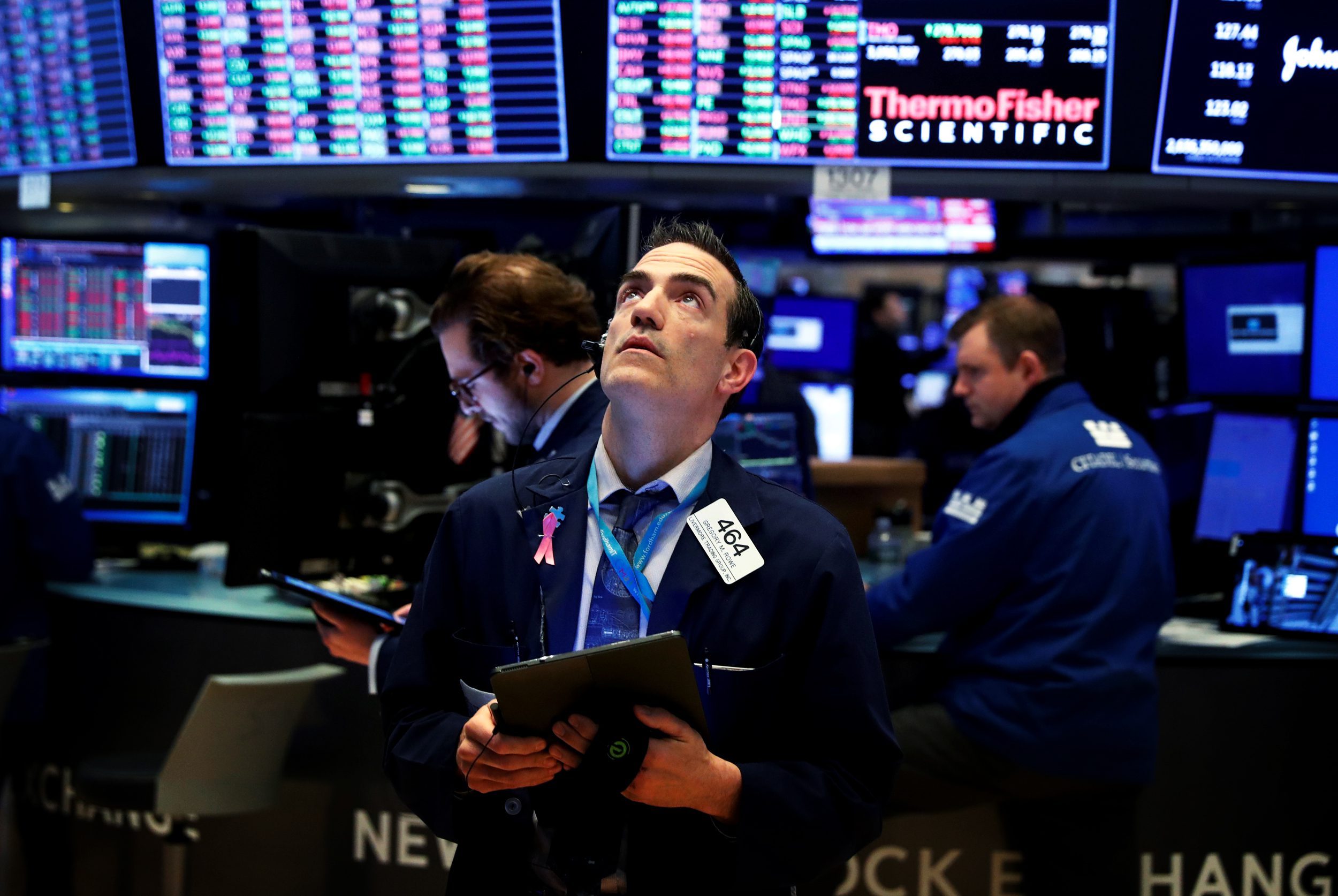Airfares skyrocket as both fuel prices and demand reach record levels
It’s that time of year, when everyone wants to get away and enjoy the festive season.
But if you’re looking to get on a plane, be prepared to pay a whole lot more.
Airfares have skyrocketed and, unfortunately, there doesn’t seem to be an end in sight.
The Australian Competition and Consumer Watchdog’s recent review found ticket prices are around 27 per cent higher than they were just 12 months ago.
As an example, fares from Adelaide to Gold Coast are up 156 per cent from $374 to $958, while Melbourne to Perth is 146 per cent higher, sitting at $1078.
Now, Qantas boss Alan Joyce has commented on the price hike.
Speaking to The Sydney Morning Herald, Joyce said the sky-high fares are due to a rang of factors including increasing fuel prices.
Fuel prices skyrocket
The airline’s fuel bill in the year-to-date has hit $5 billion mark – the biggest fuel bill the company’s ever had.
On top of this is the unprecedented consumer demand.
Understandably, following two years of Covid lockdowns and restrictions, people are desperate to get away on that long-awaited holiday.
“It’s at unbelievable levels internationally and domestically because people were locked up for so long,” Joyce said.
While this can be expected, no one predicted just how rapidly demand would rebound to exceed 2019 levels.
“Supply is difficult because, like every airline, it’s been hard getting those aircraft back in the air and the combination means that air fares are higher,” Joyce said.
So is there an end in sight?
Well, supply chain issues should begin to ease in 2023.
“Airbus and Boeing are telling us the supply chain issues should be fixed by the end of next year, which will get more planes in the air and airfares will come down as a consequence of that.”
But, more broadly, the Qantas boss believes the global situation remains too volatile to predict. This is particularly true given the ongoing war in Ukraine.
So, for now, we’ll just have to get used to paying more for a getaway.



 Docos2 days ago
Docos2 days ago


 Shows2 days ago
Shows2 days ago


 News2 days ago
News2 days ago


 Shows3 days ago
Shows3 days ago


 Money2 days ago
Money2 days ago


 News2 days ago
News2 days ago


 News1 day ago
News1 day ago


 News19 hours ago
News19 hours ago







